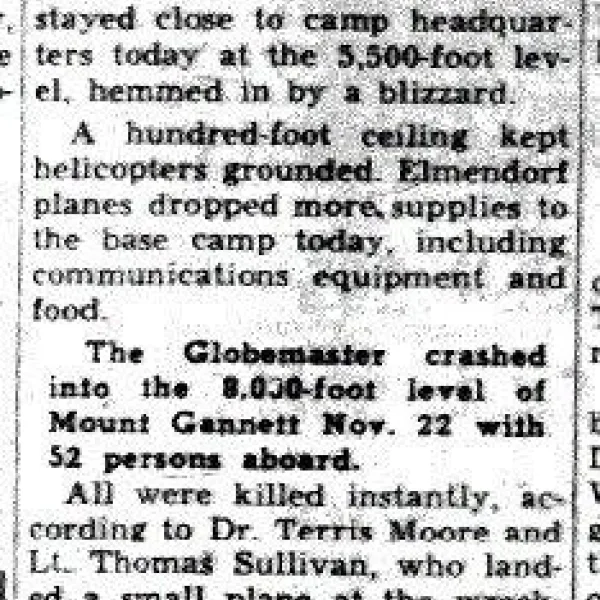
CK3
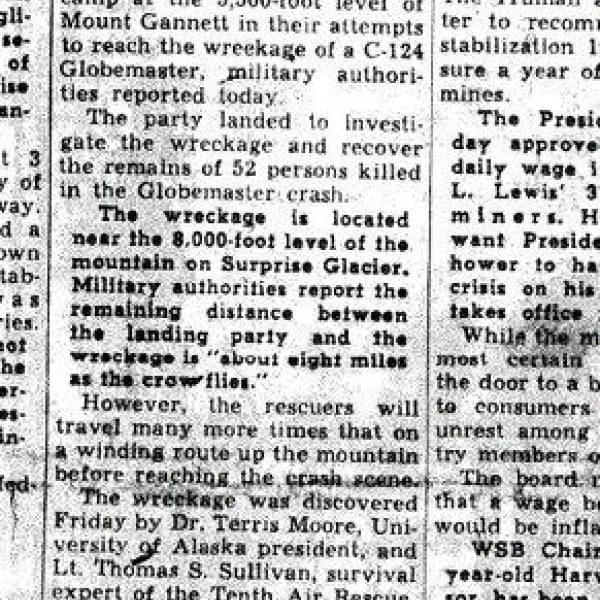
CK2
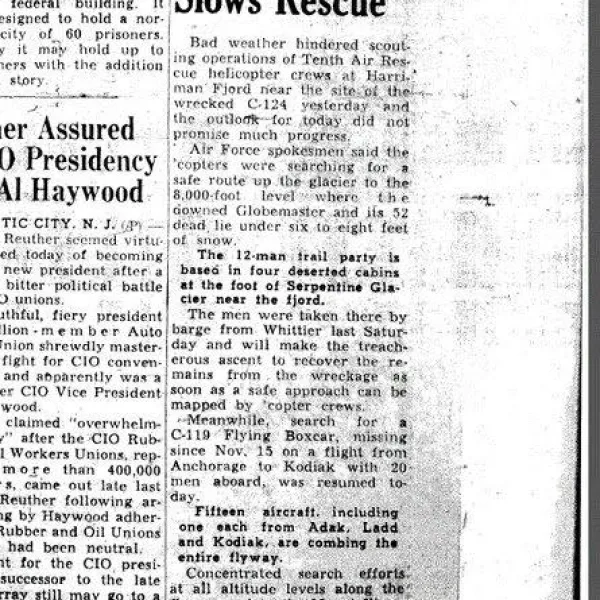
CK9
Chris Koonce • October 26, 2025
Anchorage is a city layered with memory. It is a place where the Arctic environment can both conceal and preserve the past, holding on to stories until we are ready to hear them. Even the smallest objects - a scrap of wood, a photo, or a pack of cigarettes - can reveal how this city has always been a crossroads of cultures, service, and resilience. The following excerpt, from a true story shared by Joint Base Elmendorf-Richardson Air Force historian Christopher Koonce, draws us into one of those objects, a pack of cigarettes, and the decades-long journey it took to return from ice to memory.
To hear more stories like this join us in person on Nov 8th and add your voice to our online story bank.
Today, my story is about an object.
This is my daughter Sophie, who is holding my storied object. In World War I, the US military began including cigarettes in troop ration kits as a morale booster, and the trend lasted until the end of the Vietnam War in 1975. This little pack of cigarettes tells its own tale. It is from a standard 1952 Arctic Survival Ration kit. The kits had crackers, meats, candies, hot beverage powders, chewing gum, matches, and small packs of cigarettes.
On 22 November 1952, a C-124 aircraft, call sign MATS 1107, left McChord Air Force Base, Washington, for Elmendorf AFB. Just before midnight local time, the aircraft disappeared. It crashed on Mt Gannett just east of here. The accident board determined that the incident occurred due to navigational errors and severe weather. It was 30 miles off course, and a major snowstorm was hitting the area.
After the storm cleared, a search ensued, and on 28 November, Dr. Terris Moore, President of UAA, and Lt. Thomas Sullivan located the crash site on Colony Glacier. Only the tail was sticking, displaying the tail number, which is how they identified that it was the aircraft that disappeared on 22 November. The two looked for survivors and found none.



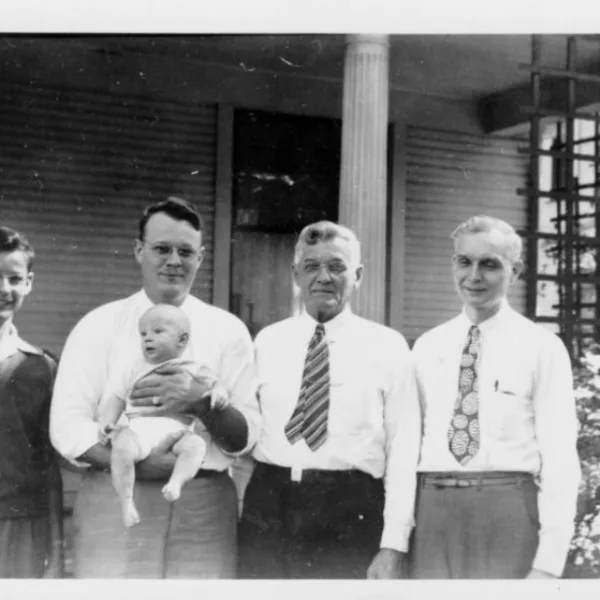
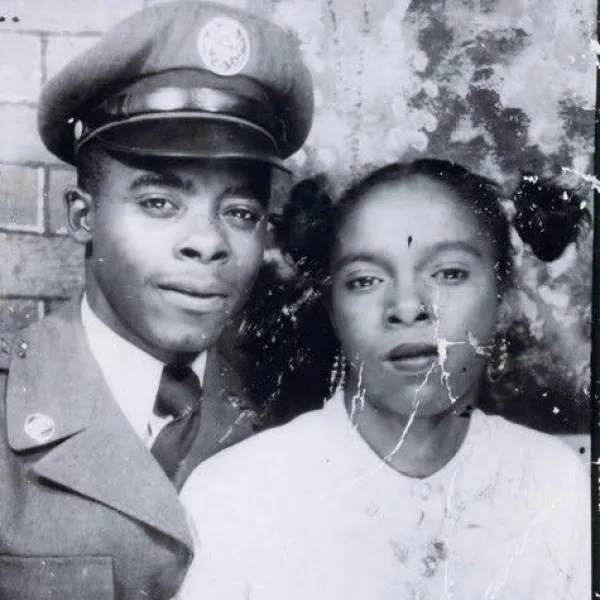
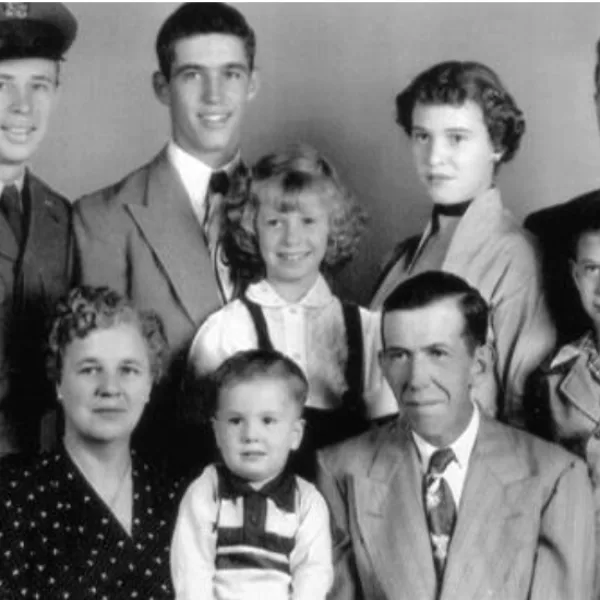
They left and reported it to the search officials. However, more snow moved into the area, slowing down any recovery process. Helicopters mapped a land route to the crash site, and the recovery team arrived on 8 December. By that point, the crash site was completely buried by the snowfall and subsequent avalanches. The rescue effort was halted until the following summer.
In August 1953, the recovery team returned and still could not locate the crash site. Therefore, the Air Force abandoned the recovery effort. Fast forward to 2012, an Alaska Air National Guard Black Hawk was conducting training in the area and discovered debris protruding from the ice, 12 miles south of the original crash site. US Pacific Command dispatched a POW/MIA team to investigate, and by January 2013, it was determined that it was MATS 1107. In the summer of 2013, the recovery of the 52 personnel began, and it was then that some of the artifacts made their way into my office.
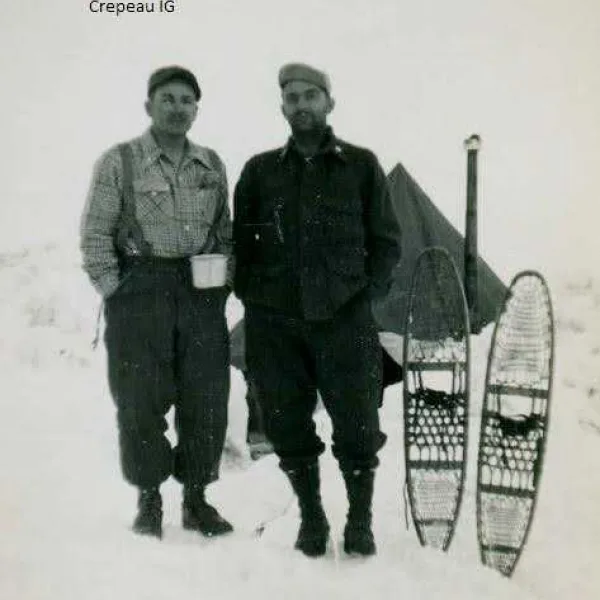
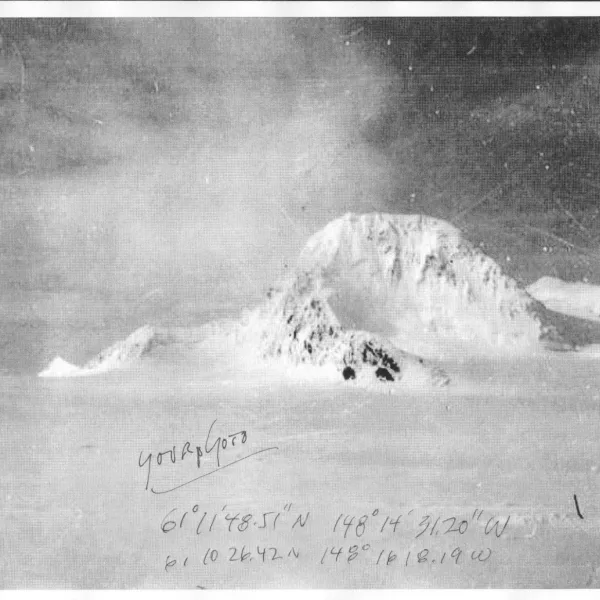
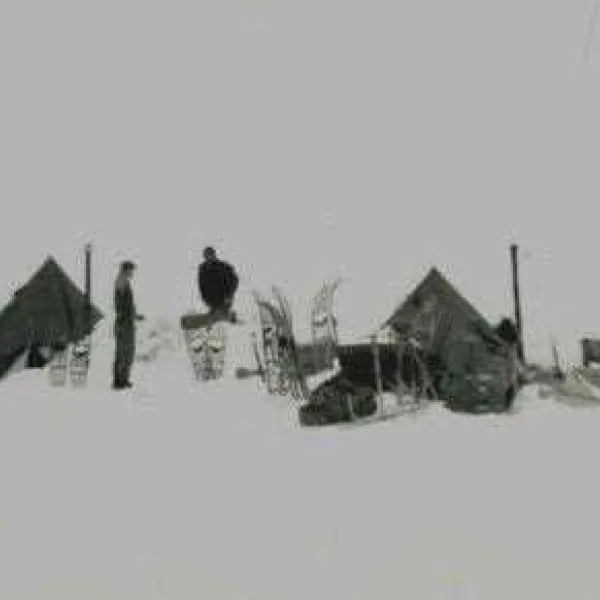
This little pack of cigarettes was a witness to that event and had sat on the glacier for over 60 years, and you are seeing it today.
The Alaska Humanities Forum is a non-profit, non-partisan organization that designs and facilitates experiences to bridge distance and difference – programming that shares and preserves the stories of people and places across our vast state, and explores what it means to be Alaskan.
November 13, 2025 • MoHagani Magnetek & Polly Carr
November 12, 2025 • Becky Strub
November 10, 2025 • Jim LaBelle, Sr. & Amanda Dale